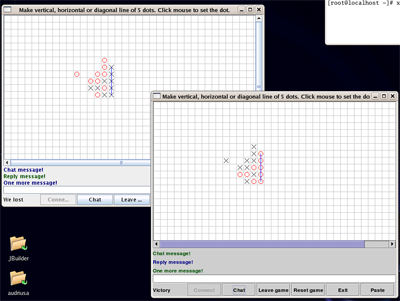1.1.1. Interoperability
Interoperability in general can be defined as follows:
"Interoperability is the ability of
products, systems, or business procedures to work together to accomplish a
common task. The term can be defined in a technical way or in a broad way,
taking into account social, political and organizational
factors." (Wikipedia)
In this lesson, we only focus on
the technical side of interoperability:
According to (2003) interoperability is defined as follows: "The capability to communicate, execute programs, or transfer data among various functional units in a manner that requires the user to have little or no knowledge of the unique characteristics of those units." (ISO/IEC 2003, p. 9)
Interoperability describes the capability of e.g. different software components to exchange data via a common set of business procedures, and to read and write the same file formats and use the same protocols (Wikipedia). Therefore, interoperability is to overcome import/export obstacles, and distributed resource access barriers imposed by heterogeneous processing environments and heterogeneous data.
The following image demonstrates an example for interoperability: playing the two role network game, when one of the player clients (top left) runs under one system (e.g. Sun Microsystems) and another under an other system (e.g. Macintosh). The applications execute the same bytecode and interoperate using standardised messages for communication.
 Interoperability (Wikipedia)
Interoperability (Wikipedia)